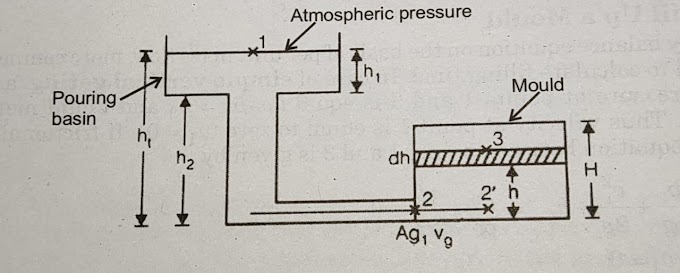Understanding SVM, its Type, Applications and How to use with Python
Blog Contents:
- Introduction to SVM
- What is SVM?
- Types of SVM
- Application of SVM
- How to SVM in Machine learning model using Python
Introduction to SVM :
SVM (Support Vector Machine) is a powerful machine learning tool that is used for classification and regression.
What is SVM?
It is a supervised Machine learning algorithm that is used for classification and regression you can even detect outliers with it. It is very for classification problems when your data is complex -small and medium-sized. The purpose of SVM is to draw lines or decision boundaries that can separate n-dimensional space this is very useful for classification. The best plane or decision boundary which separate the data most accurately is called Hyperplane.
Type of SVM:
There are two types of SVM
- Linear SVM: Those SVM models in which data can be classified using a straight line are called Linear SVM.

Image 1 - Non-Linear SVM: Those SVM models in which data can be classified using a Non-Linear line are called Non-Linear SVM.
 |
| Image 2 |
Application of SVM:
There are many applications of SVM model like:
- Classification of Images
- Face detection
- Bioinformatics
- Handwriting Recognition and much more
My Github For Other Project : Link [I am looking for a fresher Internship or entry-level machine learning/data science job I have learned machine learning myself,I am a mechanical engineer currently doing freelance work in 3D animation. if anybody can help me please comment I will be thankful.CONSTRUCTIVE CRITICISM HIGHLY APPRECIATE]
Python Code With SVM
import numpy as np
import matplotlib.pyplot as plt
from sklearn import svm, datasets
from ipywidgets import interactive
# import some data to play with
iris = datasets.load_iris()
X = iris.data[:, :2] # we only take the first two features. We could
# avoid this ugly slicing by using a two-dim dataset
y = iris.target
h = .02 # step size in the mesh
# we create an instance of SVM and fit out data. We do not scale our
# data since we want to plot the support vectors
def f(C):
# SVM regularization parameter
svc = svm.SVC(kernel='linear', C=C).fit(X, y)
rbf_svc = svm.SVC(kernel='rbf', gamma=0.7, C=C).fit(X, y)
poly_svc = svm.SVC(kernel='poly', degree=3, C=C).fit(X, y)
lin_svc = svm.LinearSVC(C=C).fit(X, y)
# create a mesh to plot in
x_min, x_max = X[:, 0].min() - 1, X[:, 0].max() + 1
y_min, y_max = X[:, 1].min() - 1, X[:, 1].max() + 1
xx, yy = np.meshgrid(np.arange(x_min, x_max, h),
np.arange(y_min, y_max, h))
# title for the plots
titles = ['SVC with linear kernel',
'LinearSVC (linear kernel)',
'SVC with RBF kernel',
'SVC with polynomial (degree 3) kernel']
for i, clf in enumerate((svc, lin_svc, rbf_svc, poly_svc)):
# Plot the decision boundary. For that, we will assign a color to each
# point in the mesh [x_min, x_max]x[y_min, y_max].
plt.subplot(2, 2, i + 1)
plt.subplots_adjust(wspace=0.4, hspace=0.4)
Z = clf.predict(np.c_[xx.ravel(), yy.ravel()])
# Put the result into a color plot
Z = Z.reshape(xx.shape)
plt.contourf(xx, yy, Z, cmap=plt.cm.coolwarm, alpha=0.8)
# Plot also the training points
plt.scatter(X[:, 0], X[:, 1], c=y, cmap=plt.cm.coolwarm)
plt.xlabel('Sepal length')
plt.ylabel('Sepal width')
plt.xlim(xx.min(), xx.max())
plt.ylim(yy.min(), yy.max())
plt.xticks(())
plt.yticks(())
plt.title(titles[i])
plt.show()
interactive_plot = interactive(f,C = (1,100))
interactive_plot
Other Blog You might also like:






0 Comments
if you are not getting it then ask i am glad to help